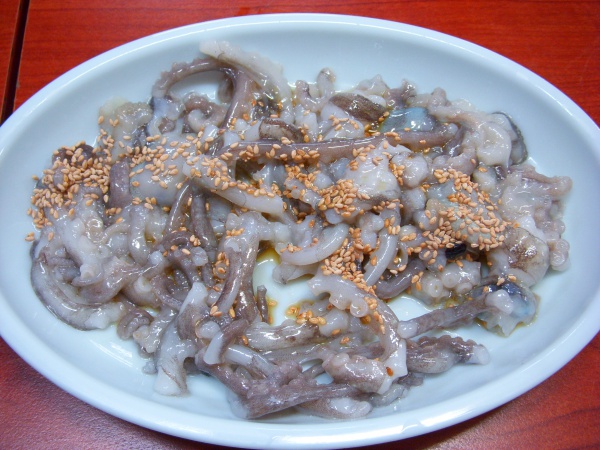Facts About San-nakji
San-nakji is a traditional Korean dish made from long-arm octopus, locally referred to as nakji. The distinctive feature of this dish is its preparation: the octopus is sliced into small pieces, often while still alive, and served immediately. The remarkable—and sometimes unsettling—aspect is that the tentacles continue to move on the plate due to the complex nervous system of the octopus. Even after being severed, nerve activity in the tentacles causes them to wriggle, providing a unique dining experience.
Typically, San-nakji is garnished with a drizzle of sesame oil and a sprinkle of toasted sesame seeds, enhancing the dish with a delightful flavor. However, consuming it requires caution. The tentacles' suction cups remain active and can adhere to the throat, posing a choking hazard. This risk is especially heightened for individuals consuming alcohol, such as soju, which is commonly enjoyed with San-nakji.
In South Korea, nakji generally refers to the Octopus minor species, whereas in North Korea, nakji means squid. San-nakji can be found in numerous Korean restaurants specializing in sliced raw fish, as well as in bars where it is served as a snack.
While the dish offers a distinctive culinary experience, it is important to be aware of the potential dangers. There have been reports of choking incidents, so it is crucial to chew thoroughly and exercise caution while eating. Enjoying San-nakji can be a memorable part of experiencing Korean cuisine, but always prioritize safety.

 North Korea
North Korea